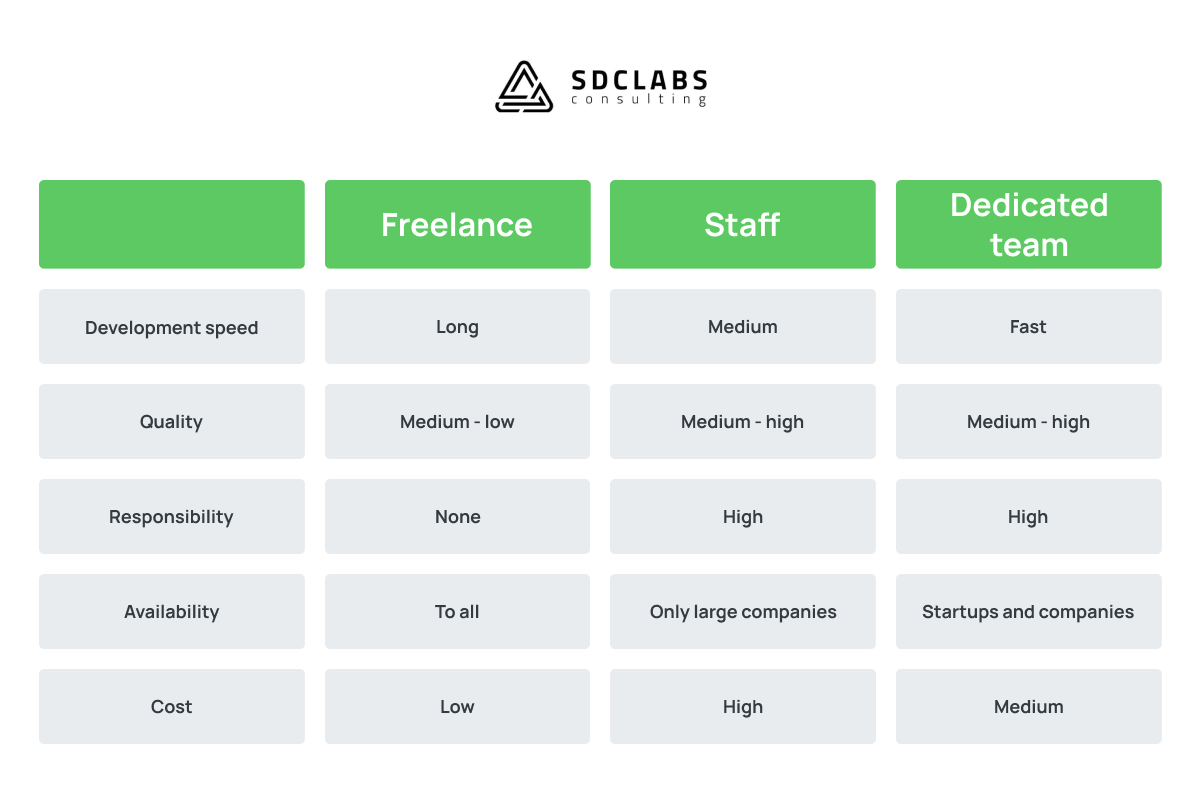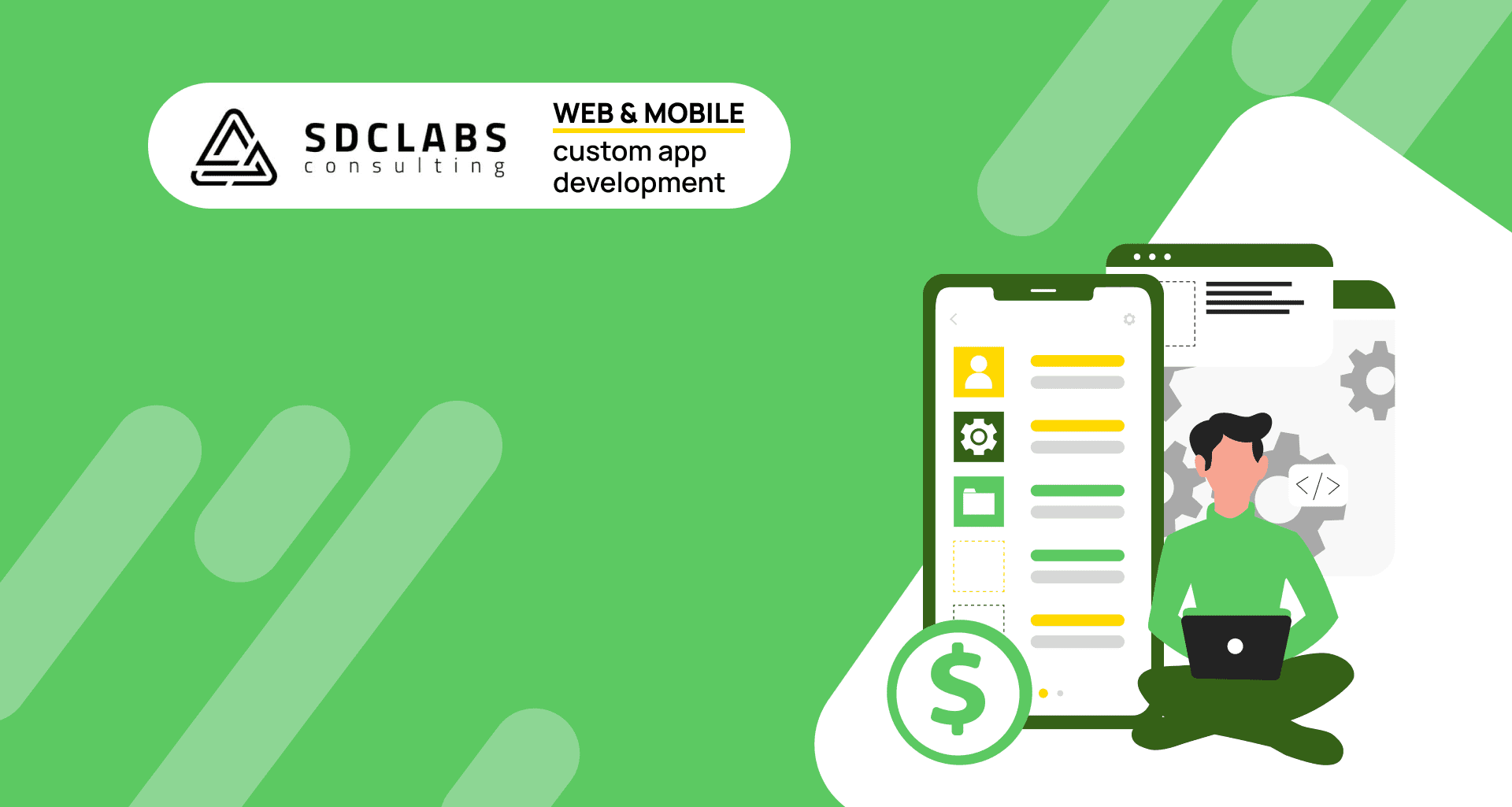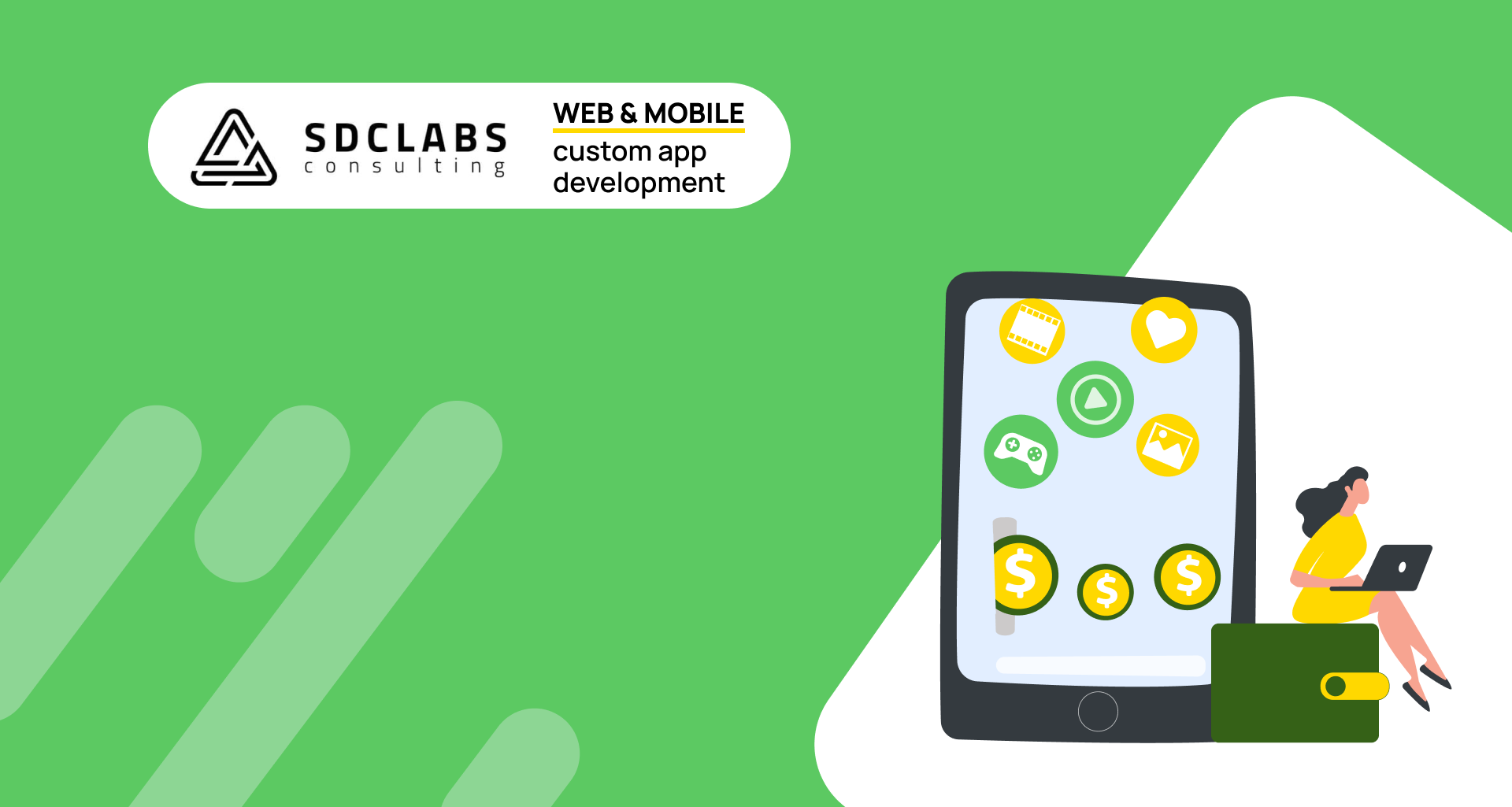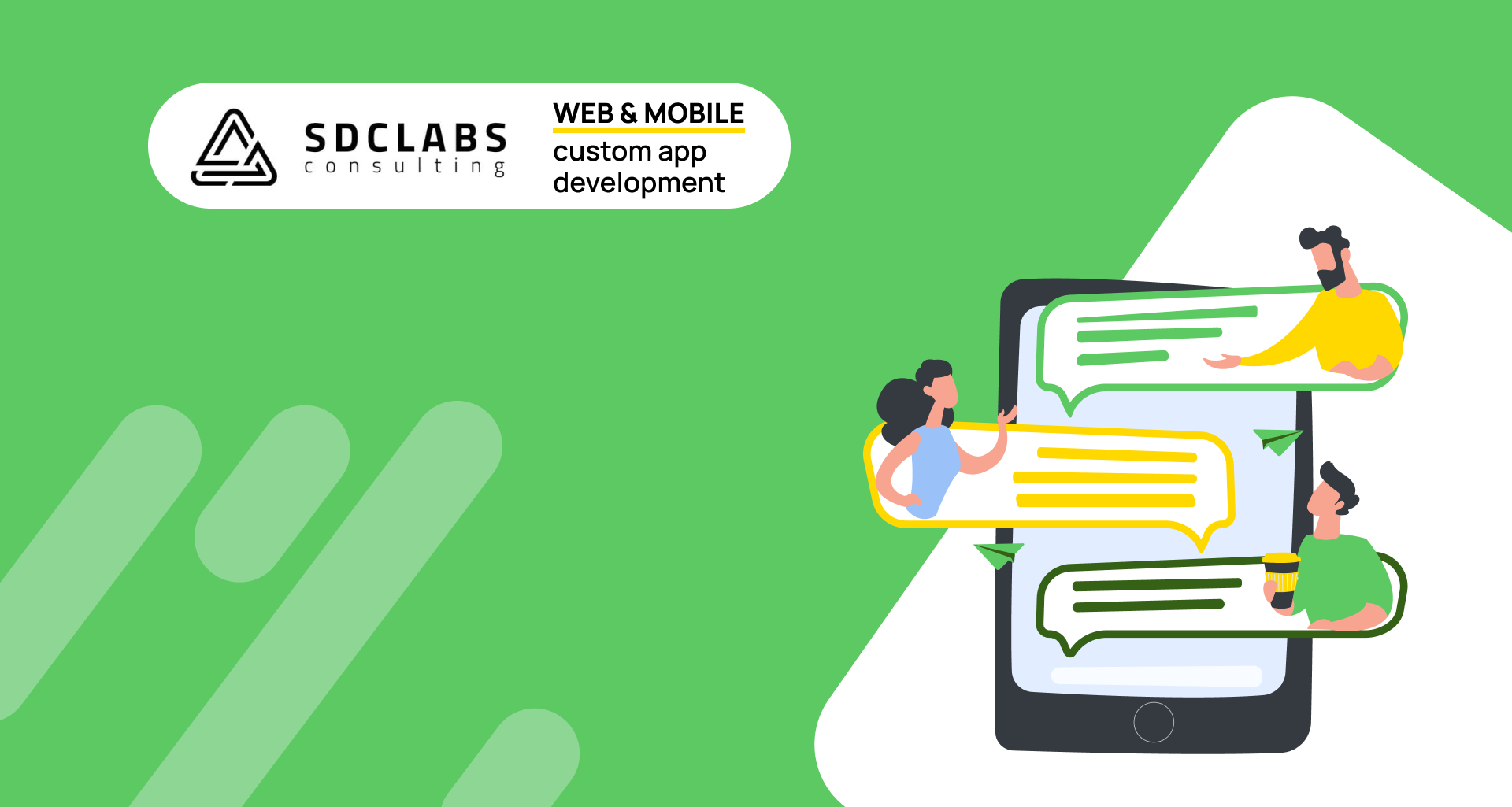What is SaaS, and why is such a platform necessary?
SaaS stands for Application as a Service. To save their budgets, businesses do not need their own IT products, it is enough to rent a tool from suppliers. It does not mean that all customers are supplied with the same functionality. Of course, they aren’t. Each solution is developed according to the needs of the client, being integrated with the necessary services and dressed in a unique design. Performers are responsible for technical components (Back-end, Front-end, DB, and hosting), renting out the finished system to entrepreneurs for long-term use.
SaaS helps with:
- Marketing. Such platforms can be used as tools for lead generation, preparing content, or automatic ad posting.
- E-commerce. For example, a digital platform where advanced control logic allows you to interact with consumers more effectively.
- Finance, microcredit, banking, and payments. If you need a modern tool for automating transactions, customer analysis, and debt collection, SaaS is the best option.
- Analytics and data collection. Using Data Lakes, Machine Learning, and AI in SaaS, you automate advertising campaigns and explore the market and target audience much faster.
- Connections and communication. Modern messengers, chatbots, social platforms, and other IT products are introduced for making calls, sharing/broadcasting videos, and texting.
- Project management and development. For example, integrating all participants into the workflow remotely and providing them with common tools for progress synchronization.
- Entertainment. A good example is the services of tech giants: YouTube, TikTok, Apple Music, Spotify, and others. It also includes streaming platforms and cloud gaming.
Related technologies
SaaS products are based on cloud technologies. Thanks to them, IT solutions provide remote access to business tools for company employees and consumers. Hosting on virtual spaces maximizes the performance of servers: query processing, analysis, and other operations. It also helps developers create and test interfaces for hundreds of devices at the same time. As a result, cross-platform IT solutions for trade, entertainment, or communication appear.The flexibility of SaaS allows the integration of the latest technologies, such as 5G, AI, or IoT. These innovations give a head start in the race for the leadership of an IT product or even an entire business on the market. SaaS is susceptible to change and scale, which increases the company’s competitiveness even at the MVP stage.
Strengths
- Cost of development, support, and use of the system.
- Availability of MVP for everyone: from startups to market leaders.
- High speed of IT product deployment and updates.
- Easy integration with necessary services.
- The loyalty of consumers due to the high quality.
- Increased security due to blockchain technology.
Disadvantages
- Vulnerability of cloud servers used for hosting.
- Difficulty in migrating data from local platforms.
- High requirements for developer skills.
- Bugs on the first builds.
- Privacy is at risk.
- Competition in the market of cloud solutions for businesses.
How does SaaS for enterprises and consumers affect work efficiency?
The disadvantages of SaaS are not significant now because modern platforms constantly develop and increase their security. But these solutions are of great help to all participants in business processes.
Entrepreneurs:
- Run businesses remotely.
- Monitor all financial and commodity transactions.
- Collect statistics of leads, popular categories, etc.
- Create marketing campaigns using the system.
- Scale companies without additional costs.
- Save budgets for creating and updating cloud platforms.
Consumers:
- Access their favorite resources remotely.
- Track promotions, updates, and more.
- Easily adapt to modern interface.
- Make transactions in a couple of clicks.
- Control logistics and costs.
- Get 24/7 support.
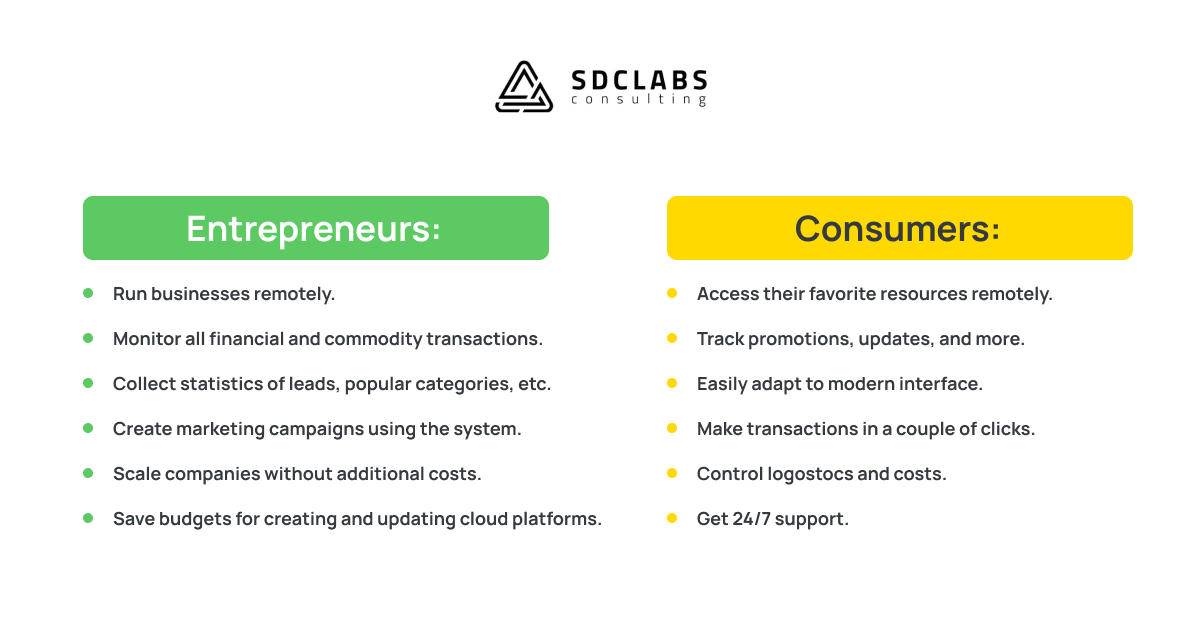 As a result, businesses develop more efficiently and increase revenue from consumers. Convenient services and personalization convince users to increase their average checks. They get a quality tool for shopping, banking, or entertainment, depending on the company’s scope.
As a result, businesses develop more efficiently and increase revenue from consumers. Convenient services and personalization convince users to increase their average checks. They get a quality tool for shopping, banking, or entertainment, depending on the company’s scope.
How to build Software as a Service?
At first glance, it seems that creating and implementing a cloud “app as a service” is simple and fast. Yes, from the technical side, it does not entail difficulties for an experienced team. But in addition to technologies, such apps require preliminary detailed business analysis, preparation for implementing the customer’s goals, and a project roadmap.Analysis of the business and its logic
It is a top priority for Saas application development. It is possible to make a layout of the future system only if you understand the logic of the relationship between the client and the entrepreneur. Analysis and preparation set the vector for the project from the first days of work. The final quality of your IT solution depends on the awareness of the performers in the customer’s business structure.IT product goals
To develop a successful MVP, the entrepreneur and performers must understand the ultimate goal they want to achieve with this IT product. Usually, young startups do not ask too many questions about future prospects, preferring to get results here and now. Needless to say, this approach ruins the business even before it is launched? That’s why it is essential to immediately understand where the project is moving and what functions it must have.Choosing a technology stack
Choosing the right application base is 50% of the success of an enterprise. Do not chase complex frameworks and specific development languages. Popular and affordable stacks are often much more efficient and cheaper when creating an IT solution. They are also easier to scale or even change to different ones. Just look at what Meta, Google, SpaceX, and other tech giants use in their apps.Saas development costs
The cost of platform creation includes many variables. The average check for developing cloud-based App-as-a-Service solutions in 2021 ranged from $40,000 to $150,000, but it does not mean that you need to spend this amount to get started. Let’s take a closer look at the key elements of influence when calculating MVP costs.
Factors Affecting Pricing:
- The number of MVP features and its scope. The more elements required, the higher the final cost. To start a business, basic tools and small investments are enough.
- Location of the performer. The average price range for major outsourcing markets is $40 – $250 per hour in the US, $25 – $140 per hour in Europe, and $10 – $45 per hour in Asia.
- Technology stack. Popular and common technologies are cheaper and faster, and vice versa, the more complex the stack, the more expensive the work of professionals.
- Integrations. Connecting a large number of services at the MVP stage is more costly than their gradual implementation as your business develops.
- Deadlines. The average time for creating and testing a solution is 4 – 10 months. If the development time decreases, the price increases proportionally.
ROI: Timing and Risk
Startups typically spend about 50% of their budgets on marketing. Such an aggressive advertising policy actually guarantees a return on investment. It’s because your leads will generate income immediately after the release of the MVP. But do not count on a quick and full payback. The average return period is from two to five years, depending on the efficiency of the business, its demand, and marketing campaign. There is also a risk of a complete failure of a startup, but it does not relate to development. In this case, don’t expect a payback.Comparison of performers: freelancers, staff, outsourcing
One of the essential questions for entrepreneurs is to whom to delegate the development of an IT solution. Let’s look at 3 main categories: